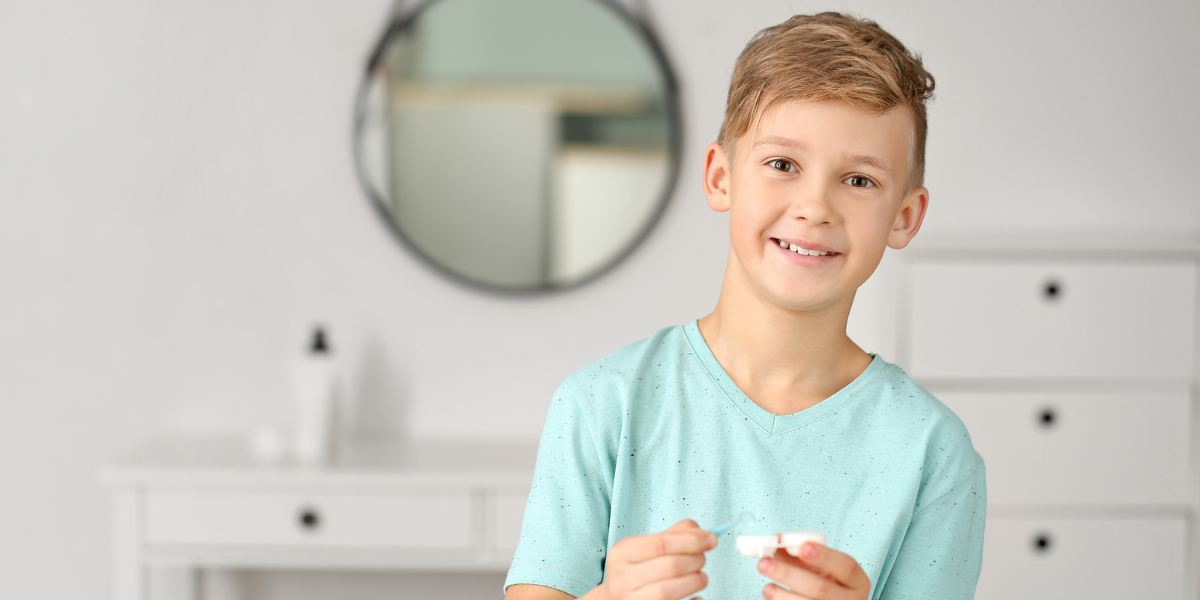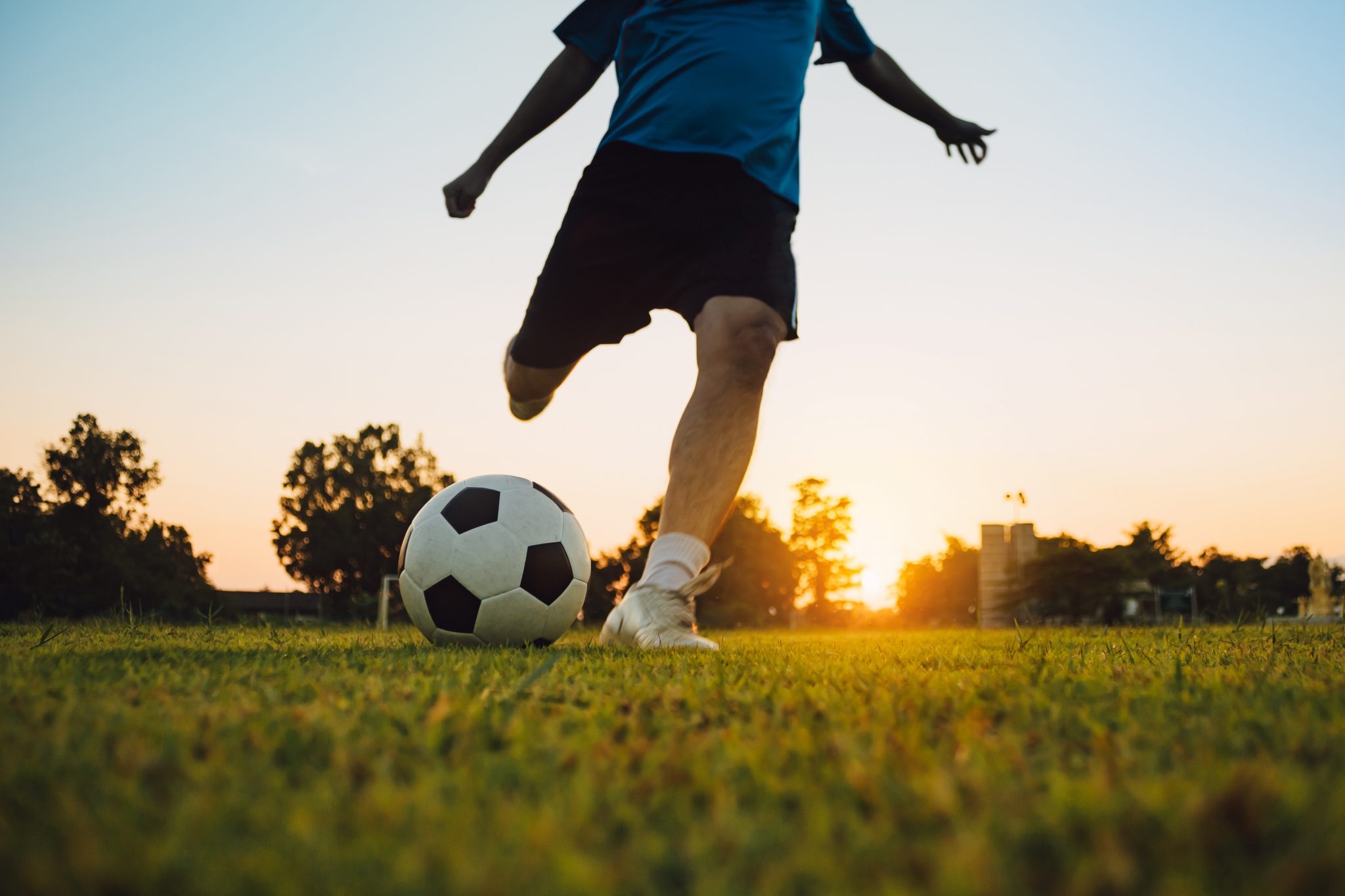The concerning rise of childhood myopia, or short-sightedness, has been a global topic of conversation lately – especially with emerging research finding a correlation between prolonged screen time (and lack of outdoor time) and the rapid increase of myopia.
According to the World Health Organisation (WHO), myopia currently affects about 30 per cent of the world’s population, and this figure is expected to rise to 50 per cent by 2050. In Australia, it’s estimated that approximately 200,000 Aussie children aged 0-14 years are living with myopia.
If your child is showing signs that they may be developing short-sightedness, what steps should you be taking to help manage it? Hint: visiting an optometrist should be the first one.
The prevalence of myopia in children
Optometry Australia’s Luke Arundel says that myopia is a common eye condition that usually begins in school-aged children and can continue to progress into adulthood. He explains that it is crucial for children to visit an optometrist for a full eye examination early, especially before their first year of school.
“The development of myopia is occurring younger in life, with the average onset about eight years old. It has been established that treating myopia in its early stages can slow its progression, which means that parents should seek advice from their optometrist as soon as they notice a deterioration in their child’s eyesight,” Arundel says.
“Myopia causes blurred distance vision, and can make it hard to see objects far away clearly, such as the classroom whiteboard or words on a television. (Check out this blurred vision simulator to see what vision for a myopic child would look like in a classroom). As poor vision can impact a child’s development, we recommend that all children have a full eye examination before starting school, and regularly every two to three years as they progress through primary and secondary school.”
Recognise the signs of childhood myopia
Arundel says that reducing the prevalence and impact of myopia and understanding influencing factors is critical. Some signs that your child may be short-sighted include:
- They are screwing up their eyes or squinting to see objects in the distance;
- They have difficulty seeing the blackboard/whiteboard at school;
- They are sitting close to the television or needing to sit at the front of the classroom.
Treating childhood myopia
Aside from wearing glasses to correct vision, several treatments have been developed to help keep myopia from worsening and progressing.
Arundel says that, “While myopia cannot be reversed, the goal of treatment is to keep it from progressing to high myopia where there are increased risks of permanent vision loss through glaucoma, cataract and problems with the retina.”
For example, the recent release of a new medication to slow myopia progression is another treatment tool that Australian optometrists have to manage childhood myopia. In the form of an eye drop, the medication, EIKANCE ® 0.01% eye drops (atropine sulfate monohydrate 0.01%), is available on prescription for children aged 4 to 14 years. The best way to find out more about this medication, as well as explore all your child’s treatment options, is to book them an appointment to visit their local optometrist.
There are also other ways to manage and treat childhood myopia, including:
- Balancing screen time with green time. Optometrists have stressed for many years now the importance of balancing screen time with green time for kids. Spending time outside in bright light (at least 90 minutes a day) is important to slow myopia development and progression.
- Orthokeratology (“ortho’k”). Treating myopia doesn’t just mean regular glasses. If you or your child are already myopic, specialty contact lenses can be worn during sleep at night to temporarily correct myopia so that glasses and contact lenses aren’t needed during waking hours.
- Soft contact lenses. New daily disposable contact lenses specifically made to reduce myopia progression have been released for children over the last few years.
- Atropine eye drops. Studies have shown that a low dose of atropine, typically given as eye drops at bedtime, can significantly slow the progression of myopia in some children.
- Specially designed glasses lenses. These have advanced optics which differ from regular single vision glasses lenses, and have also been shown to assist in slowing myopia progression.
It’s important to chat through these different options with your child’s optometrist. Use our find an optometrist tool to book an appointment and discuss a treatment plan for your child today.






